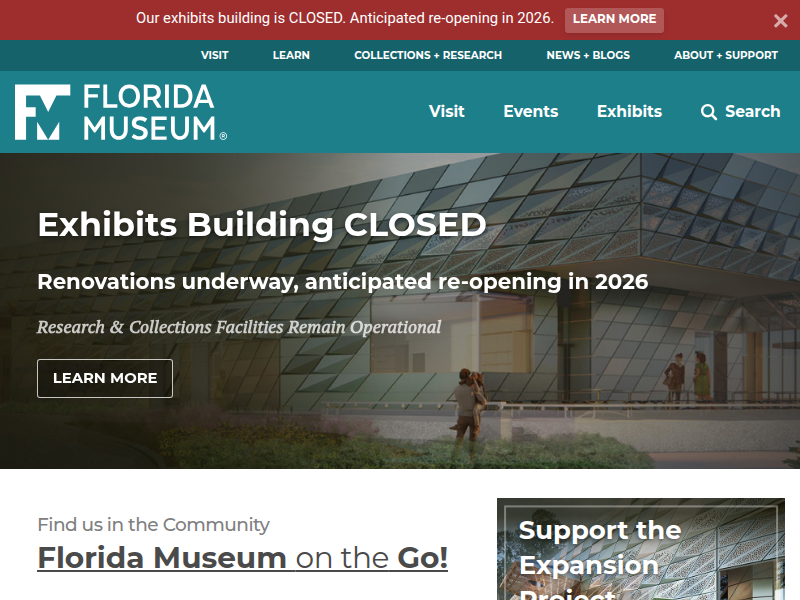Basking Basics – For Educators https://www.floridamuseum.ufl.edu/educators/resource/basking-basics/
How do reptiles warm or cool themselves? Ages: 5-8 years Time Required: 30-120 minutes Basking Basics Activity Instructions Materials Aluminum foil Strip of dark paper Strip of light paper Light colored rock Dark colored rock Flat sticker thermometer (like one used for aqua
Humans on the other hand and all mammals are endotherms, since we can regulate our

